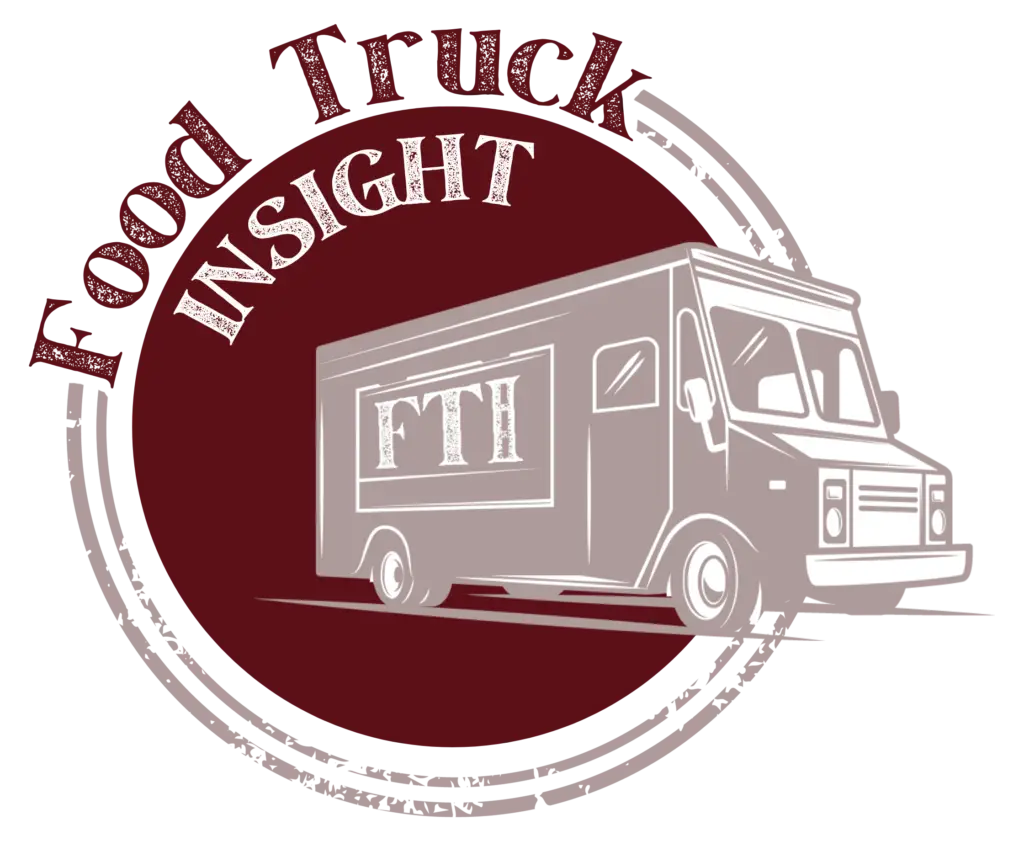Striking the balance between serving profitable crowd pleasers and standing out from the crowd is what sets a moderately successful food truck from a very successful food truck. In my market that meant introducing poutine to a city that loves all things french fries. The simple addition of cheese curds and gravy created a popular and profitable hit menu item to such an extent that many of the hipper restaurants around Pittsburgh quickly followed my lead. If imitation is the sincerest form of flattery, I was flattering Canada and Pittsburgh’s foodie dining scene was in turn flattering me.
Sometimes I fantasize about jumping on the hot pot trend and creating a mobile hot pot truck. This would be a riskier approach, but also have the potential to be incredibly memorable. Picture a food truck that books its customers in advance and sets up mobile hot pot stations under a large tent in green public spaces. All you would need on board is refrigeration and storage space for equipment, chairs, and tables. No onboard cooking or ventilation required!
The point of the two examples I’ve just outlined is to establish that running a food truck is more than just cooking great food. It’s about creating an unforgettable experience for your customers, and that begins with your menu. In a sea of mobile eateries, your food truck menu is your strongest weapon to stand out from the competition. But how can you craft a unique and enticing menu without sacrificing profitability or alienating popular demand? It’s all about finding that sweet spot between creativity, cost-efficiency, and crowd appeal.
Here’s a comprehensive guide to help you make your food truck menu stand out while keeping your business sustainable and beloved.
1. Understand Your Audience Before getting creative with your menu, it’s crucial to understand who your customers are. Are you parked near a college campus, business district, or at music festivals? Your demographic influences flavor profiles, pricing, and even naming conventions. For example, a food truck near a tech hub might succeed with globally-inspired fusion dishes, while one serving a rural fair crowd might do better with hearty, familiar comfort foods.
2. Focus on a Core Concept Every great food truck menu starts with a strong identity. Are you the go-to for Korean BBQ tacos? Vegan comfort food? Cajun seafood? A clear and consistent theme helps customers understand your brand instantly. It also guides ingredient selection, pricing, and marketing efforts. A focused menu doesn’t limit creativity; it enhances it by providing a clear framework for innovation.
3. Offer a Signature Item One of the best ways to stand out is to offer a must-have item that no one else has. This signature dish becomes your calling card. Think of it as the item people will drive across town to get. It should be memorable, photograph well (hello, Instagram!), and deliver a flavor punch. Keep costs in mind: your signature dish should also offer a solid profit margin and use ingredients that are easy to source and prepare.
4. Balance Uniqueness with Familiarity Diners are drawn to comfort and novelty in equal measure. A menu filled with only adventurous items may alienate less adventurous eaters. Conversely, a completely safe menu might get lost in the crowd. Aim for a mix. For example, offer a classic burger but with an unusual house-made sauce or locally-sourced bun. Familiar items with a twist are a goldmine for popularity and originality.
5. Limit the Menu Size It may be tempting to offer a wide variety, but a tight, curated menu often performs better in the food truck world. Smaller menus allow for faster service, lower food waste, and simpler inventory management. Plus, it gives each dish a chance to shine. Try to keep the menu to 5-8 core items, with seasonal or rotating specials to keep things fresh.
6. Use High-Impact, Low-Cost Ingredients Smart ingredient sourcing is key to profitability. Highlight ingredients that offer big flavor without a big price tag. Fresh herbs, pickled vegetables, and flavorful sauces can elevate a dish without breaking the bank. Cross-utilize ingredients across multiple dishes to streamline your shopping list and reduce spoilage.
7. Price Strategically Pricing isn’t just about covering costs—it’s a psychological game. Use pricing tiers to encourage higher spending (e.g., $10, $12, $14 options), and consider value meals or combo deals. Remember, your prices should reflect perceived value. A beautifully presented dish with quality ingredients can command a premium, especially if your branding supports that elevated experience.
8. Create Visual Appeal People eat with their eyes first, especially in today’s social media-driven world. Design dishes that are colorful, well-plated, and easily recognizable from a photo. If a customer shares your food on Instagram, that’s free marketing. Even your menu board should be visually enticing: use chalk art, bright colors, and clear images to draw people in.
9. Offer Dietary-Friendly Options Vegan, gluten-free, keto—these aren’t just trends; they’re lifestyle choices for a growing number of people. Offering at least one or two dietary-friendly options can expand your customer base and show that your truck is inclusive and thoughtful. You don’t need a full vegan menu, but a single plant-based dish that’s as exciting as your regular fare can make a big impact.
10. Rotate Specials and Seasonal Items Rotating menu items keep customers curious and excited to come back. Seasonal ingredients can inspire creativity and are often more affordable when in peak harvest. Specials also allow you to test new ideas without permanently altering your menu. Promote these limited-time offerings on social media to drive urgency and increase foot traffic.
11. Gather Feedback and Adapt One of the best advantages of running a food truck is the close connection to your customers. Use it. Ask for feedback, run polls on social media, and monitor what sells best. Let data and customer opinions guide your menu evolution. Flexibility is a superpower in the food truck business.
12. Tell a Story People don’t just buy food; they buy into stories. Share the inspiration behind your dishes, your culinary journey, or the local farms you source from. Use your menu as a storytelling platform. Even naming dishes creatively can create curiosity and emotional connection.
13. Embrace Technology Digital menus, mobile ordering apps, and online payment systems streamline service and enhance the customer experience. QR codes linked to an up-to-date menu can help reduce lines and improve efficiency. Tech also enables real-time updates, so you can highlight when an item is sold out or a new special is available.
14. Invest in Branding Your menu should align with your overall branding—from the truck design to staff uniforms to your Instagram page. Cohesive branding helps customers remember you and builds trust. Menu fonts, names, and descriptions should all reflect your personality, whether it’s playful, rustic, modern, or traditional.
15. Collaborate Locally Partner with local breweries, farms, or artisan producers to feature collaborative menu items. This boosts your community credibility and creates unique offerings. A burger featuring a local cheese or a dessert using nearby orchard fruits not only tastes great but tells a local story.
Conclusion Creating a standout food truck menu is a mix of art and strategy. It requires creativity, business savvy, and a deep understanding of your audience. By focusing on a clear concept, offering a unique signature dish, and balancing innovation with cost-effectiveness, your food truck can become a beloved staple in the community.
Remember, a great menu is never static. Keep experimenting, gathering feedback, and evolving with trends while staying true to your brand. With the right mix, your food truck can serve not just meals, but memorable experiences that keep customers coming back for more.And if you’re looking for more inspiration, check out this Medium piece I’ve written highlighting the most memorable street food I’ve run across from around the globe.





